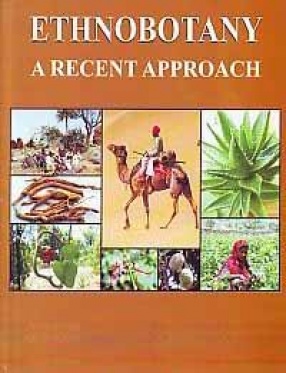
Showing all 7 books






The chapters written by ethnobotanists of India deal with different aspects of ethnobotany. Covering different phytogeographical region of India, they take up several plant species for study belonging to different regions of the country and study their importance in treating ailments by providing cures and remedies. With reference to the states of Rajasthan, Himachal Pradesh, Gujarat, Uttar Pradesh and Manipur, they examine some traditional folk medicines used by ...

India is a largest consumer of the spices and also predominant country in spice production in the world. Lack of high yielding varieties, improper nutrient management and incidence of many diseases at various stages of crop growth, are the principle constraints to achieve high productivity of these crops. Yet crop losses due to diseases incited by fungi, bacteria, viruses and phytoplasmas, plays a major role in the productivity of spice crops.Integrated disease ...


Mankind today is standing at a crossroad of development. As civilization grew the virgin earth had abundant natural resources and with the technological revolution there was rapid industrialization and economic development. It was the time of development without restriction and only economic development was assumed to be the parameters of human prosperity, peace and happiness. Unfortunately, some of the very human development activities which brought economic ...

Today environmental issues are on the top in the agenda at global level. There should be a perfect balance between human development on one side and the need to protect the environment on the other. We must understand the importance of protection and conservation of the environment for our future generations. The increasing concern about environmental degradation over the past decades resulted in the promulgation of many regulatory measures, institutional changes ...

The management of plant diseases is an integral part of agro-ecosystem management and intimately related to the health and vigour of the plants. In agricultural countries like India, it has special relevance, where much still needs to be done in the modernization of control measures against plant diseases. This book has been divided into five sections, which include seventeen chapters related to disease management aspects of different crops like cereals, legumes, ...

Sustainable development has been a matter of global urgency. This reference book aims to provide a general framework to ensure sustainable management of natural resources and to improve quality of life. The contents of this volume have been divided into two broad sections covering sixteen chapters. The first section focuses on the water, soil and mineral resources while, second section on the agricultural resources.
